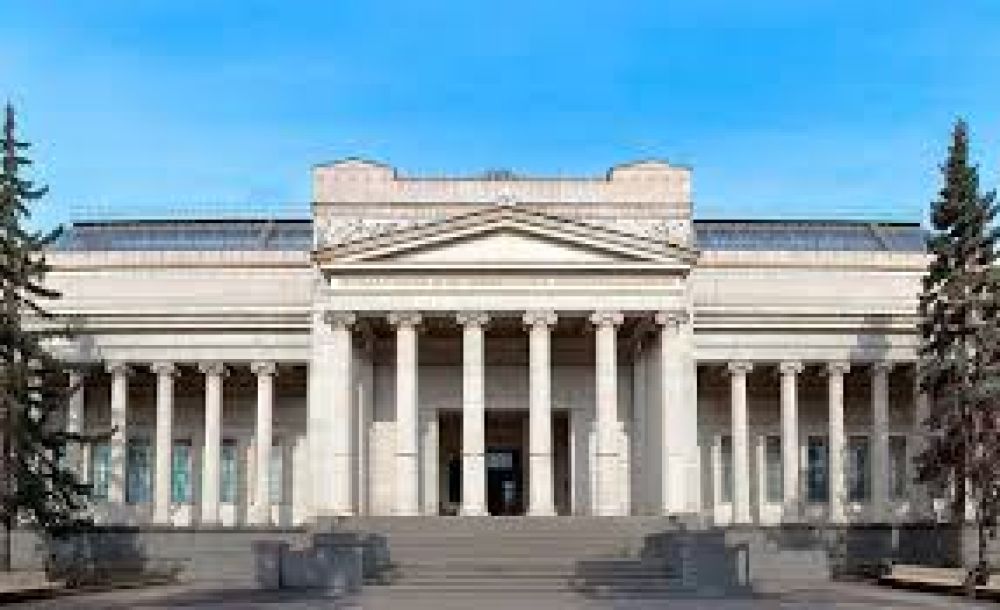

The Pushkin State Museum of Fine Arts in Moscow is one of Russia's most renowned and significant cultural institutions. With a rich history that began over a century ago, the museum has become an integral part of Moscow's cultural landscape and a popular destination for art enthusiasts from around the world.
The Pushkin State Museum of Fine Arts was established largely due to the vision of its founder, Professor Ivan Tsvetaev. Recognizing the need for an educational museum in Moscow similar to the great European art museums, Tsvetaev tirelessly campaigned for its establishment. His efforts came to fruition when the museum opened its doors to the public on May 31, 1912.
Originally named the Alexander III Museum of Fine Arts, the institution was later renamed in honor of the great Russian poet Alexander Pushkin to commemorate the centenary of his death. The museum’s architecture was designed by Roman Klein and Vladimir Shukhov, and it initially housed copies of ancient statuary for educational purposes.
Over the years, the museum's collection has expanded to include original ancient artifacts, fine art pieces, and works of renowned artists from the Renaissance to the modern era. The diverse assemblage of arts now comprises well over 700,000 works, securing the Pushkin as one of the most significant museums of European art in the world.
As a landmark institution, the Pushkin State Museum of Fine Arts has become an essential visit for tourists in Moscow. Visitors can enjoy an array of masterpieces by artists such as Rembrandt, Botticelli, Tiepolo, and Van Gogh. Moreover, the museum has made efforts to improve accessibility, facilitating a welcoming environment for international tourists by offering guided tours in various languages.
In recent years, the museum has adapted to global tourism trends by integrating technology into the visitor experience. This includes digital guides and virtual reality installations that allow guests to immerse themselves in historical art contexts. The museum has also hosted various international exhibitions and cultural events, further cementing its reputation as a global art hub.
The Pushkin State Museum of Fine Arts is currently undergoing a significant expansion project, aimed at enhancing its exhibitions and facilities. This is part of a broader initiative to modernize the museum, making it even more attractive to future tourists.
In conclusion, the Pushkin State Museum of Fine Arts in Moscow represents not only a treasure trove of artistic masterpieces but also reflects the evolving landscape of cultural tourism in Russia. With a storied past and a future-oriented approach, the museum continues to draw countless visitors, shaping the experience of art appreciation for generations to come.